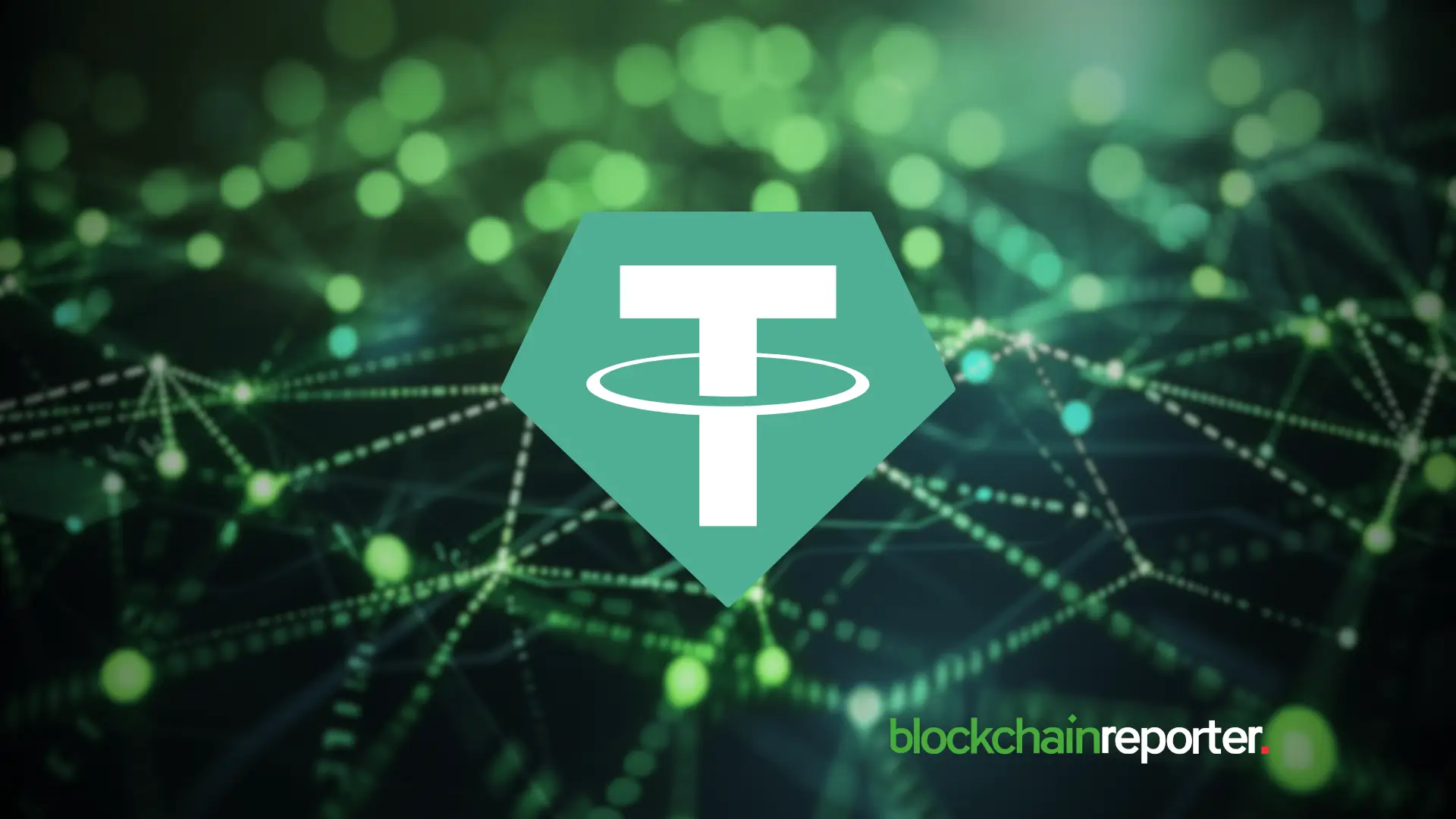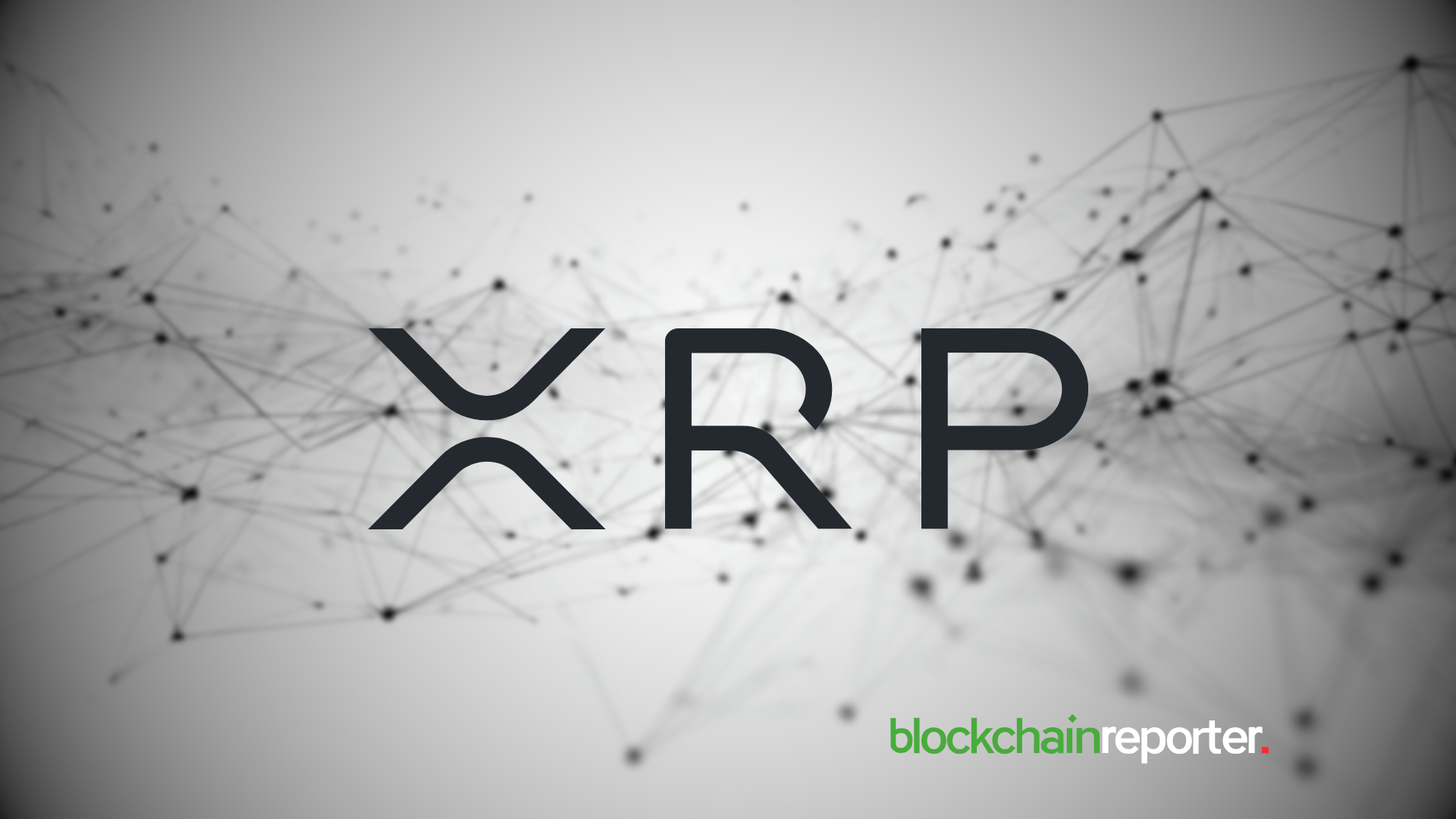
The S&P Global, a U.S. financial services entity, has made a significant development regarding Tether ($USDT) that has recently surprised the crypto community. Particularly, S&O Global has pushed down the stability ranking of Tether ($USDT) to the lowest tier. As per the data from CryptosRus, this move reflects the rising concerns related to the transparency and composition of the assets that back the reserve of $USDT. Hence, it is becoming notably difficult for Tether ($USDT) to maintain its peg to the U.S. dollar.
Tether Faces Downgrading from S&P Global amid Growing Exposure to Risk Assets
Hence, as the U.S. commemorates Thanksgiving, this shocking development is gaining notable attention. S&P Global’s downgrading of Tether’s ($USDT) stability ranking builds on its wider exposure to diverse risk assets, such as Bitcoin ($BTC), corporate bonds, sourced loans, and gold. The respective risk has reportedly jumped from the previous 17% to nearly 24% over the year.
Particularly, Bitcoin ($BTC) itself accounts for almost 5.6 percent of reserves, raising volatility concerns during market dips. Additionally, S&P Global ’s report also signifies noteworthy disclosure gaps, taking into account the absence of completely isolated reserve structures as well as limited visibility into counterparties and custodians. It also revealed that, from former depegging events, Tether rapidly recovered, whereas, mixture of volatile and illiquid assets could not impair the stability thereof to maintain a 1:1 peg.
Price Moves Steady Despite Volume Drop
At the moment, the price of $USDT stands at $0.9999. This shows a 0.01% increase over the past 24 hours. Along with that, the latest weekly performance highlights 0.09% rise. On the other hand, its 30-day price trajectory denotes a 0.04% dip. At the same time, the 24-hour volume of Tether is $76.18B, presenting a 30.02% decrease.
According to CryptosRus, Tether’s latest stability downgrade by S&P Global raises apprehensions within the crypto family. Thus, at the happy occasion of Thanksgiving, when everyone is grateful, this move points toward increased risk for traders and institutions. Therefore, at the moment, the rating appears as a cautionary marker in terms of data and does not promote panic.




